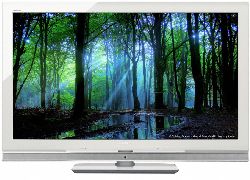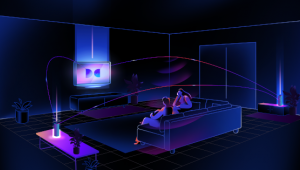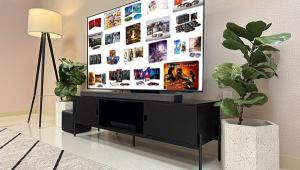- REVIEWS
Displays Electronics 
Speakers Sources 
Other Gear Software - TOP PICKS
- HOW TO
How To Buy 
How To Use 
Tech 101 - BLOGS
- NEWS
- FEATURES
- INSTALLS
Custom Installation - SUBSCRIBE
Energy Star 3.0 Makes TVs Greener
Energy Star 3.0 (PDF) took effect in November 2008 and requires certified sets to be 30 percent more energy efficient than non-certified ones.
One energy-saving strategy employed by LG.Phillips is to use built-in ambient lighting triggered by a light sensor. When the lights in a room go out, the TV will reduce brightness and save 30 percent of its energy usage, while the picture would appear subjectively the same to viewers. Panasonic's NeoPDP technology improved plasma efficiency by 50 percent by improving the drive circuits, causing less energy to be wasted in the form of heat. Sony's Bravia VE5 Eco series, shipping this summer, uses a more efficient form of fluorescent backlighting, includes a hard-power off that eliminates standby-mode power consumption, and includes a room sensor that shuts off the set when no one's around to watch it. Samsung and other manufacturers are moving toward LED backlighting, which is expensive, but more efficient than any form of fluorescent backlighting.
See story in TWICE and Energy Star TV listings.
| Displays Electronics Speakers | Sources Other Gear Software | Top Picks of the Year Top Picks | Custom Install How To Buy How To Use |
Tech 101
|
Latest News Features Blogs | Resources Subscriptions |
WHERE TECHNOLOGY BECOMES ENTERTAINMENT
 © 2025 Sound&Vision
© 2025 Sound&VisionAVTech Media Americas Inc., USA
All rights reserved
























































